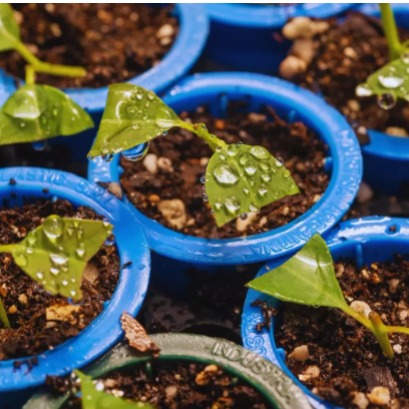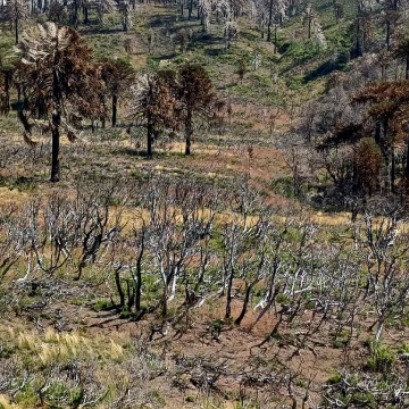
Argentines, Brazilians and Uruguayans with a common goal: they verified that forest improvement with DNA studies can be accelerated and without the need to go to the field
The genetic improvement of animals and plants is a process as silent as extensive. Especially in the case of trees, which can take decades to express their characteristics and slow down the choice, a key step to obtain overcoming species. A recent study of INTA researchers, Conicet, Embrapa (Brazil) and UPM-Forestal Eastern (Uruguay) proposes a mechanism to accelerate it and make it less expensive.
Actually, they discovered that it is effective to apply genomic selection, already used in other fields, to forest improvement. That is to say, instead of delaying years in field observation to evaluate the growth and quality of the wood, DNA information can be used to make predictions and accelerate the selection process. The work entitled ?Genomic Selection in Forest Trees Comes to Life: Unraveling ITS Potential in An Advanced Four-generation, published in the magazine Frontiers in Plant Science, evaluates four generations of four generations of Eucalyptus grandis to see how likely it is to anticipate the growth in volume, the density of the wood and the performance of pulp only with genomic and phenotypic data of previous generations of the tree. This study highlights the enormous potential of the genomic selection to make more efficient the improvement of the trees, reducing costs, evaluation times, and allowing to select superior individuals with greater precision, said the researcher Eduardo Eduardo Eduardo Eduardo Eduardo Eduardo Eduardo Eduardo CAPPA, which belongs to INTA and CONICET. More than 34,000 trees with three -year growth data were evaluated, and the only one of the aspects that were difficult to estimate is volume growth. that these advances have for the forestry sector, since they can reduce or eliminate the long and expensive field tests, in which the offspring is evaluated.
IT MAY INTEREST YOU
 Specialists from 10 provinces develop forest landscape restoration strategies throughout the country
Specialists from 10 provinces develop forest landscape restoration strategies throughout the country
The program is developed by researchers from INTA, Conicet and the Argentine Wildlife Foundation.
 The second largest wetland in South America is located in Argentina: what is it?
The second largest wetland in South America is located in Argentina: what is it?
Argentina has national parks that place it in a unique position within South America, competing with 300 others. Which is the largest? South America is home to more than 300 national parks, but many go unnoticed. There are extensive wetlands that have been the subject of major ecological restoration projects, to coastal mountains with deep indigenous heritage. Today we tell you the case of one located in Argentina.
 They promote research in pine resins from the NEA
They promote research in pine resins from the NEA
The forestry industry is one of the most important sectors in the economies of Misiones and Corrientes. Thousands of hectares of pine supply the paper, pulp, boards and sawmill industry. Pinus elliottii, one of the species established in the region, in addition to providing wood, is used to produce resin, a non-wood forest product with high demand in the chemical, pharmaceutical and cosmetic industries. In 2\024, resin extraction of approximately 52,6\0\0 tons was achieved from approximately 18,\0\0\0,\0\0\0 trees in production, generating income and jobs with high expansion potential.





















